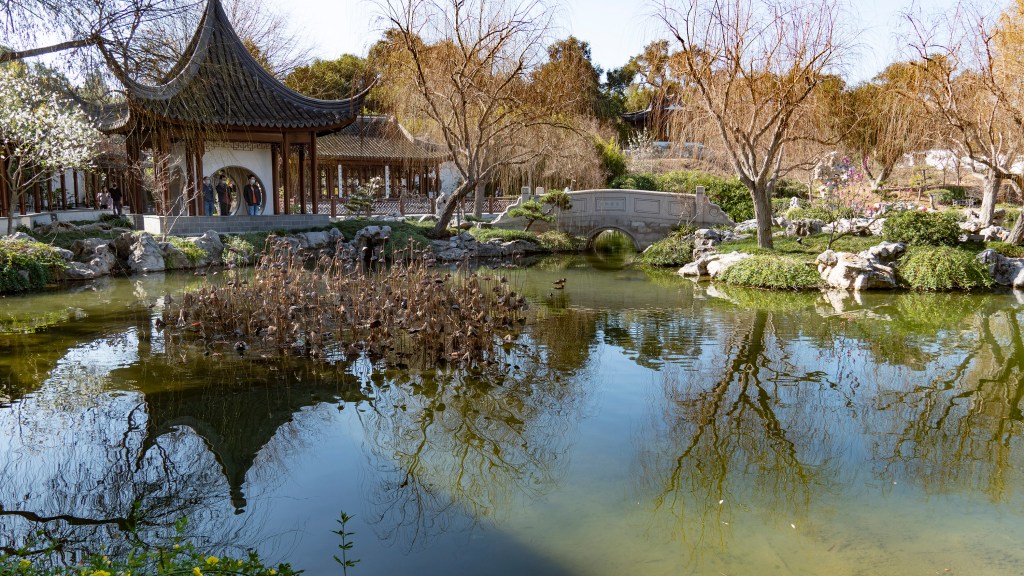“The Huntington Library, Art Collections, and Botanical Gardens is a collections-based research and educational institution established in 1919 by Henry E. and Arabella Huntington.
“Henry Huntington, a key figure in the development of Southern California in the early 20th century, was also an active collector of rare books and manuscripts, art, and plants. By the time he established the institution, he and his wife had amassed an extensive collection focusing on British and American history, literature, and art, as well as rare and spectacular plant specimens.”
Henry Huntington was an early entrepreneur and great investor who made his money in street railways, electric power, and real estate (after inheriting a railroad fortune from his uncle and marrying his uncle’s widow.) “By rapidly pouring vast amounts of capital into his triad of interrelated businesses, all critical for regional growth, he achieved a virtual monopoly over the development of many parts of the Los Angeles basin.” Notice the difference in tone? This quote is from ‘Henry E Huntington and the Creation of Southern California’.












































































